Podcast: Play in new window | Download (Duration: 55:19 — 78.4MB)
Subscribe: RSS
In this episode we listen to Alan’s story. His name is Alan Burgin and he’s also known as The Cornish Dentist on Instagram.
His story involves themes of mentorship, challenges, overcoming adversity, gaining a work life balance, (so actually going abroad to Australia for six months)….I don’t give too much of the story away, but it involves so many real-world themes. And actually, it also involves a bit of luck and something that we touched on in Episode 34 with Richard Porter on emotional intelligence was the element of luck in your career trajectory is actually very important.
The Protrusive Dental Pearl is about how to make cementing crowns less messy using Vaseline!
I hope you enjoy listening to our reflective chat! NEXT MONTH will be Splintember! I will cover all things dental splints to simplify this confusing area of Dentistry.
Listen to the FULL episode via direct download or via the following platforms:


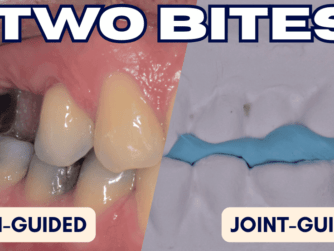
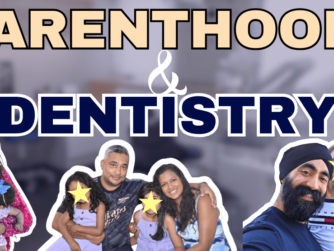
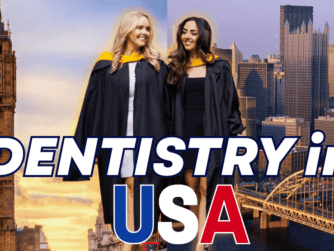
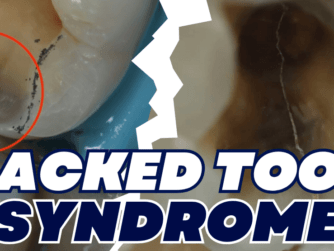
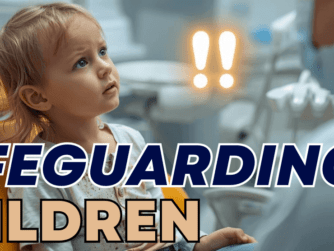

[…] you enjoyed this episode, you may also enjoy the IMPORTANCE of taking photos in your Dental Journey, check it […]
[…] If you like this episode, you’ll also like Alan Burgin’s Journey with a Young Dentist! […]
[…] If you loved this episode, you will like Not Your Average Young Dentist Journey […]
[…] If you enjoyed this episode, you will love Not Your Average Young Dentist Journey […]
[…] If you enjoyed this episode, you will love Why Should You Avoid Flapless Implants? – GF015 […]